machined will cause mechanical wear and tear for many reasons, such as workpiece material, environment, processing mode and so on. Mechanical wear has great harm to product quality, accuracy and processing efficiency. Therefore, for mechanical processing, it is very important for us to do well in the prevention of mechanical processing.
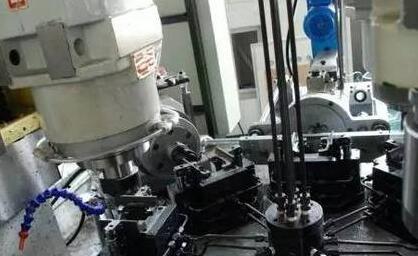
common types and characteristics of mechanical wear
(1) running in wear: mechanical wear under normal load, speed and lubrication conditions, which develops slowly.
(2) hard grain wear: the abrasive particles dropped by the parts themselves and the hard particles entered by the outside, causing mechanical cutting or grinding, destroying parts.
(3) surface fatigue wear: tiny cracks and punctate pits produced by alternating loads cause damage to parts. This kind of wear is related to the size of pressure, load characteristics, machine material and dimension.
(4) thermal wear: in the process of friction, the wear of metal surface and the heat zone or high temperature of the inner matrix make the parts have the phenomena of tempering softening, burning crease and so on, often occurring in the sliding friction of high speed and high pressure, and the damage of wear is more prominent, accompanied by the nature of accident wear.
(5) corrosion wear: chemical corrosion causes wear and wear. The surface of the part is eroded by acid, alkali, salt liquid or harmful gas, or the surface of the part is combined with oxygen to produce easily exfoliated hard and brittle metal oxide, which makes the parts wear out.
(6) phase change wear: the parts work in high temperature for a long time, the grain of metal parts on the surface of the parts becomes larger and the grain boundary is oxidized to produce small gap, so that the parts are fragile, the wear resistance is reduced, and the wear of the parts is accelerated.
(7) hydrodynamic wear: wear of parts caused by the impact of liquid velocity or particle velocity on the part surface.

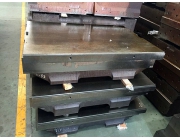
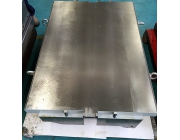
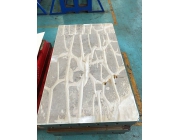
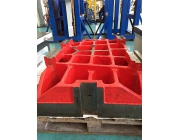
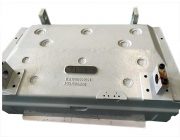
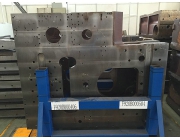
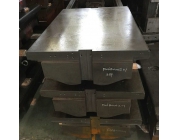
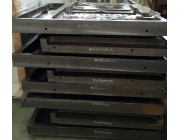
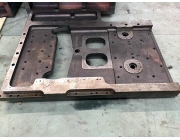
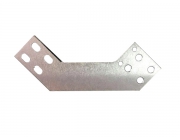
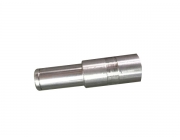
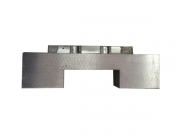
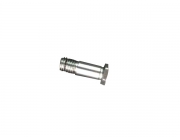
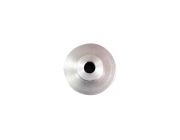
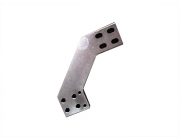
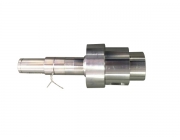


 common types and characteristics of mechanical wear
common types and characteristics of mechanical wear 